In a newly published study, astronomers from the Harvard-Smithsonian Center for Astrophysics counted up the new stars in RCW106 and five other local regions of active star formation to check the reliability of estimating star formation rates in other galaxies by measuring their gas content and infrared emission.
Our Milky Way galaxy produces on average a few new stars every year across the entire system. Massive young stars emit large amounts of ultraviolet radiation which heats the local dust, and so the star formation process results in infrared emission. The IRAS satellite, launched by NASA in 1983 for a ten-month mission, discovered that some galaxies in the universe are ultra-luminous, radiating a hundred or even a thousand times as much light, mostly in the infrared, as does the Milky Way. Astronomers today attribute the source of that intense luminosity to massive bursts of star formation, simply scaled-up versions (called the Schmidt relation) of the processes in the Milky Way. The colors and other morphological characteristics of ultra-luminous galaxies are generally consistent with this interpretation. If true, these galaxies are forming stars with surprisingly high efficiencies and perhaps in unusual ways. Astronomers refining their models are therefore investigating the extent to which star formation rates can legitimately be derived from a simple scaling relation, as well as the extent to which other processes like black hole accretion at the nucleus might supplement the radiation from star formation.
CfA astronomers Sarah Willis, Andres Guzman, Howard Smith, and Juan Rafael Martinez-Galarza and their colleagues decided to investigate these issues by examining the star formation activity in six regions of current, massive star formation in our Milky Way. These molecular clouds are thought to be small prototypes of the powerful star formation regions active in luminous galaxies, but because the clouds are much closer to us, it is possible to count directly the number of new stars in them, rather than just infer their numbers from a luminosity as with the Schmidt relation extrapolation. Using infrared images from the Spitzer Space Telescope, complemented by ground-based observations, the team identified 2871 newly formed stars in these regions; they then traced the stellar production rates in different zones across the sources, using the visual extinction as a measure of the amount of dust and gas present. Their results were roughly consistent with a conventional Schmidt relation, but the astronomers found significant deviations across the regions, with the most dramatic locations producing stars a thousand times more efficiently than the least active (but still star forming) regions. The scientists conclude that, at least on the local scale, there is no universal relation between the density of molecular gas and the star formation.
Reference: “The Schmidt Law in Six Galactic Massive Star-forming Regions” by S. Willis, A. Guzman, M. Marengo, H. A. Smith, J. R. Martínez-Galarza and L. Allen, 12 August 2015, The Astrophysical Journal.
DOI: 10.1088/0004-637X/809/1/87

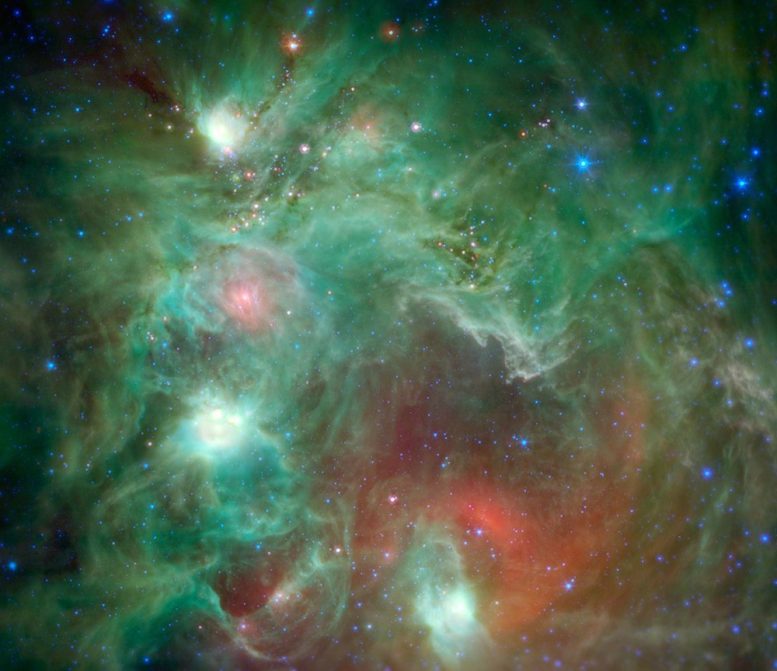
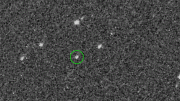

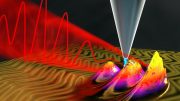


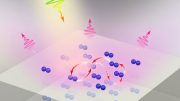
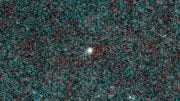
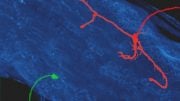
Be the first to comment on "Astronomers Study the Star Formation Rates of Galaxies"